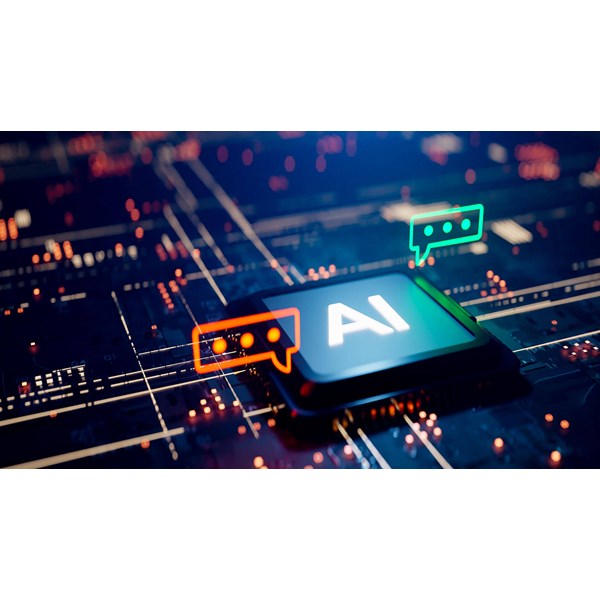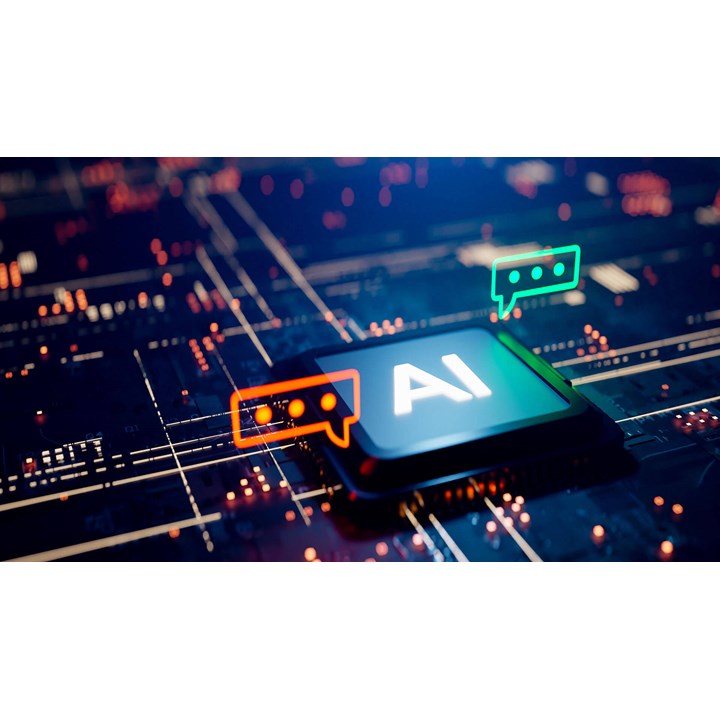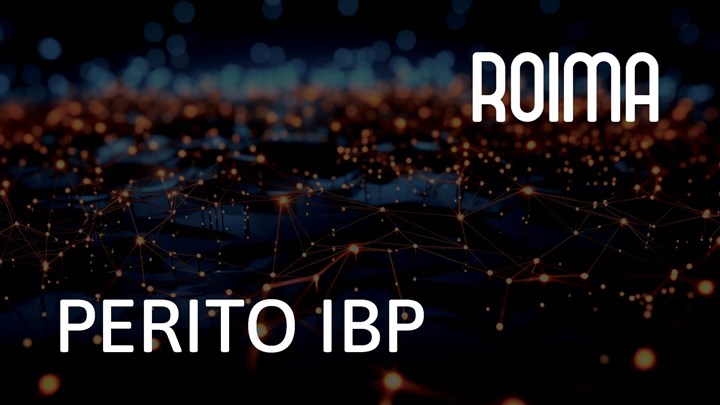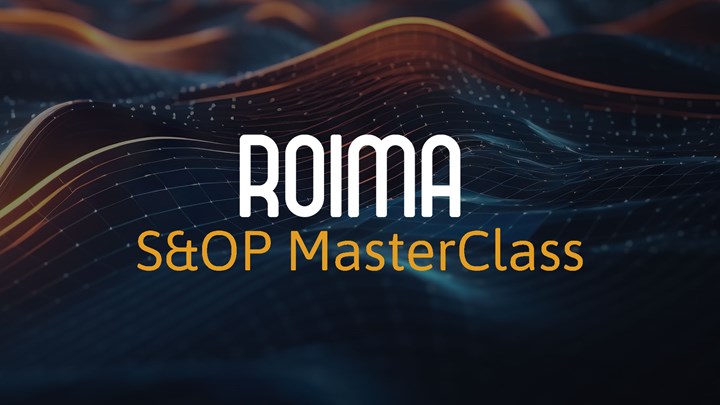Demystifying AI in supply chain management
AI is making waves in supply chain planning. It’s a hot topic for those tracking industry movements, but let’s dig into what it truly means for supply chain planning.
This article recaps a detailed discussion with Stephan Skovlund, partner at Roima, PERITO IBP, from our S&OP MasterClass podcast episode “AI in supply chain: beyond the buzzwords.” We uncover AI’s real-world impact, stepping past the initial buzz to get to the meat of its benefits and its hands-on applications in supply chain planning.
Through Skovlund’s real-life examples and observations, we get an inside look at AI's active role in the field, from smarter supply planning to sharper demand forecasts.
AI is powerful, but it requires the right data and the right focus. Start by asking the right questions and setting clear goals for your AI system.
Stephan Skovlund, Roima Intelligence
AI in supply chain planning: beyond the hype
Grasping AI’s role in supply chain planning begins with understanding the swath of AI technologies and how they apply to the complexities of contemporary supply chains.
At its most basic, AI is about getting machines to tackle tasks we thought only human brains could handle. Whether it’s crunching vast data sets to predict next month’s hot items or deciphering natural language queries on stock levels, AI excels at processing information quickly and providing insights that would typically take humans much longer to figure out.
For supply chain professionals, this translates into a number of key benefits, for instance:
Enhanced demand forecasting with AI
The integration of machine learning algorithms into demand forecasting represents a significant shift from traditional analysis. These AI models detect complex patterns within data that can be overlooked in manual processes.
Stephan Skovlund, with his extensive supply chain and statistics background, has observed, "Machine learning models are very good at making predictions because they work with numbers and recognize patterns that we simply can’t see. For example, AI algorithms can analyze patterns over days, weeks, and months, while traditional forecasting methods are limited to a single time frame. If an item shows repetitive patterns weekly or monthly, AI will be much more effective than traditional methods.”
AI's deep dive into varied data sets enables a nuanced understanding of market demand. In today's volatile market, where trends and consumer behaviors are rapidly changing, this predictive power is not just beneficial; it's essential. Supply chains are pressured to keep up, and AI offers the agility needed to stay ahead of the curve.
Moreover, AI's capability to integrate and analyze real-time data from diverse sources, including point-of-sale information and even weather forecasts, provides businesses with the insight to adjust stock levels proactively.
As Skovlund suggests, "AI doesn't just predict; it learns and adapts, turning real-world data into smarter forecasts." This dynamic nature of AI makes it a cornerstone for robust demand planning.
AI's role in adaptive demand planning
The adaptability of AI in demand planning is one of its most powerful features. It can recalibrate forecasts with high responsiveness by considering various influencing factors such as seasonal changes, promotional campaigns, and social media trends.
"What's unique about AI in supply chain planning is its ability to adapt to new information quickly," Skovlund explains.
By processing this multitude of signals, AI can help businesses stay a step ahead in matching supply with consumer demand, ensuring that stock levels are optimized not just for the season but even for unexpected spikes or dips in demand.
"AI is powerful, but it requires the right data and the right focus. Start by asking the right questions and setting clear goals for your AI system."
By doing so, supply chain professionals can unlock AI's full potential in refining their demand forecasting.
AI-driven inventory optimization
Turning to inventory management, AI introduces a level of sophistication that fundamentally changes how stock levels are managed.
By analyzing past sales data, current market trends, and predictive analytics, AI supports more informed decision-making when it comes to inventory. "AI in inventory management is one step closer to having a crystal ball that gives you insights into future demands," says Skovlund and suggests that a proactive, AI-driven approach to inventory control can prevent both excess stock, which can tie up capital and lead to waste, and insufficient stock, which can result in missed sales opportunities and dissatisfied customers.
Effective inventory optimization means products are available precisely when and where they’re needed, enhancing customer satisfaction and loyalty—a key competitive differentiator in today’s market.
Efficient AI logistics and sustainability
In logistics, AI's strategic application for route optimization reshapes how goods are distributed.
AI algorithms can chart out the most efficient routes by analyzing traffic patterns, vehicle capacities, and delivery schedules. This ensures timely deliveries and maximizes fuel efficiency, which is increasingly important as businesses strive for sustainability.
"AI in logistics is about smarter route planning, yes, but it is also about contributing to the bigger picture of sustainability," Skovlund explains.
"When we optimize logistics with AI, we save on costs and reduce our carbon footprint. It’s a win-win scenario."
Companies employing AI in their logistics can expect immediate operational benefits and long-term gains by contributing to sustainability goals, an aspect of business gaining prominence among consumers and stakeholders alike.
Businesses can begin harnessing AI's power in their supply chain operations by taking these practical steps. The technology is ready and capable; the key is thoughtful implementation and ongoing management to realize its full potential.
However, if you are considering implementing AI into your supply chain planning, Skovlund offers advice on where to start—with tangible and simple problems.
Practical steps to launch AI in your supply chain planning
As supply chain discussions about AI move from 'what if' to 'how to,' professionals aren’t just asking if they should adopt AI—they’re looking for the best way to start.
In Skovlund’s experience, the best starting point lies in grabbing the simple improvements and beginning with a minimalist mindset:
1. Spot the most obvious opportunities for AI:
-
Pinpoint weak spots: Look for areas in your supply chain that are data-heavy, require much manual and repetitive work, and significantly impact the bottom line (forecast, safety stocks, data cleaning, master data optimization…, etc.).
-
Evaluate your AI readiness: Take stock of your data’s quality and accessibility, as well as your existing tech infrastructure and skill sets.
2. Pilot before you scale:
-
Select a targeted application: Focus on a single area where the impact can be immediate, like demand forecasting or inventory management. To begin with, select low-risk areas where errors are not business critical, or try and error in a “sandbox environment.”
-
Define and measure success: Set clear goals and metrics to measure progress and success.
3. Start with what you have:
-
Use available data: Train your initial AI models with existing data before you look outward. People tend to think data should come from external sources. However, oftentimes, your own transactional data is plenty to get started.
-
Clean your data: Ensure your data is tidy to boost the accuracy of AI’s insights.
4. Create collaborative teams:
-
Encourage teamwork: Bring IT, operations, and business teams together to align AI projects with broader company goals. Introducing (and trusting the results of) AI often requires a larger shift in your company culture than you might think. Bringing in stakeholders from the beginning will pay off later.
-
Spread AI knowledge: Help your team understand AI's potential and limitations for better decision-making.
5. Expand based on wins:
-
Grow your AI use gradually: After pilot successes, extend AI applications to other supply chain areas, applying the lessons learned.
-
Keep refining: Remember, AI is iterative; keep tuning your models with fresh data and insights.
Following these steps can help you as a supply chain professional weave AI into your operations, turning challenges into innovation and improved efficiency.
According to Skovlund, adopting AI with a strategic approach is essential—an approach that emphasizes strategic fit, data integrity, and teamwork.
AI’s future in supply chain planning
Looking ahead, it’s clear that AI is not just a passing fad but will become a backbone of future supply chain innovation. The progression of AI in supply chain planning is set to bring even greater advancements and opportunities.
According to Skovlund, AI is soon expected to push the boundaries of predictive abilities, incorporating live data from an ever-more connected landscape. This means supply chains that react and anticipate, ready to tackle disruptions and market changes with impressive precision.
AI’s ongoing evolution will likely enable deeper integration across all supply chain aspects, from sourcing to customer service, creating a cohesive operation that enhances efficiency and minimizes waste.
For supply chain experts, the message is unmistakable: adopting AI isn’t about keeping up with the times—it’s about grabbing opportunities to redefine efficiency, precision, and resilience in your operations.
Stephan Skovlund, Roima Intelligence
Watch the full podcast episode:
To hear more about AI’s transformative role in supply chain planning directly from Stephan Skovlund, view the complete video of the S&OP MasterClass podcast episode “AI in supply chain: beyond the buzzwords.”
-
Perito
PERITO IBP
Additional text for product card: A complete Integrated Business Planning package designed to help you navigate rapid changes in your business and profitably manage your supply chain.














